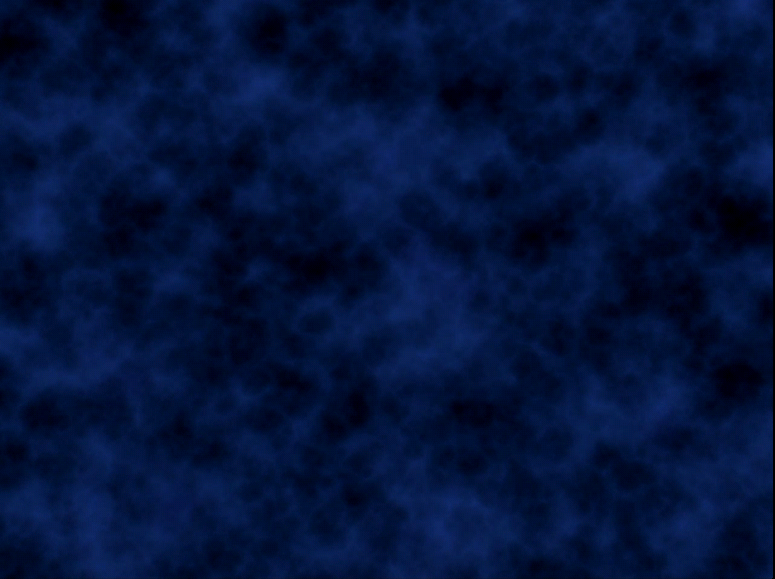400 thousand–400 million years after the Big Bang After the emission of the Cosmic Microwave Background, or CMB, the Universe was made up primarily of neutral gas. There were denser regions, with slightly more gravitational pull than the less dense regions. The extra gravitational pull meant that these regions accumulated more matter, and so got …
Search results for: dark ages
The First Stars
400 million years after the Big Bang After a few hundred million years, most of the Universe had cooled to a few hundred degrees above absolute zero. However, throughout the Dark Ages parts of it had been getting denser and denser and hotter and hotter. Eventually, the centres of these regions became hot enough to …
The CMB
400,000 years after the Big Bang Around 400,000 years after the Big Bang, the Universe had cooled to around 3000 Kelvin. It was then cool enough for atoms to form without being ripped apart by the intense radiation. The atoms were formed by electrons and protons combining, and once this had happened there was nothing …
Planck Early Science Results
In January 2011 the Planck collaboration released the first science results. These did not cover any cosmology, but related to our galaxy and other galaxies. Below is a brief description of all the results, along with a link to the 26 scientific papers that were published. The Planck Mission and its Instruments After launch, the …
Make your own Planck model
Below are two pages which can be used to make models of the Planck spacecraft. There’s even a video showing the assembly. The models were designed and assembled by Stuart Lowe, and the time-lapse video was created by Edward Gomez. Make a model of Planck satellite from Edward Gomez on Vimeo. .


